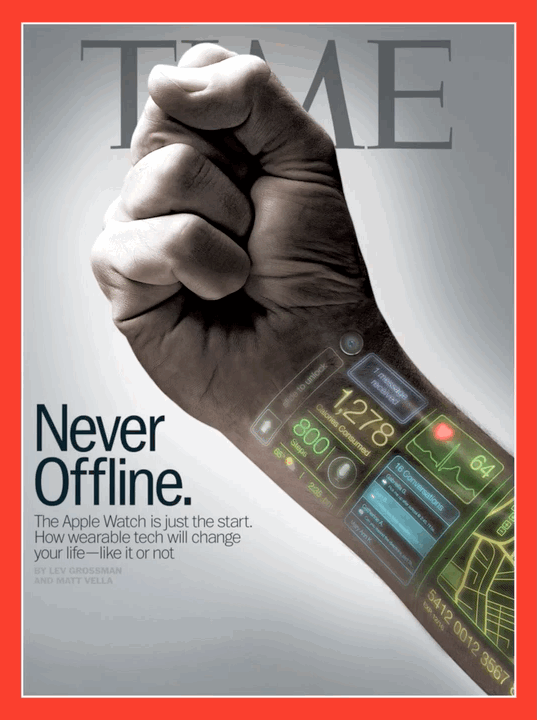
ChrisCen
Looking long term investment
54Follow
38Followers
0Topic
0Badge
Comment n like plz
Intel Reports Earnings Thursday. Here’s What to Know.
Pls like
Dow inches higher after retail sales post surprise increase in August
Latest.Pls like n comment
Sorry, the original content has been removed
Pls like
US STOCKS-S&P, Nasdaq Rise for Fourth Straight Day as Rate-hike Fears Ease
Latest.Liked n comment pls
5 Warren Buffett Favorites To Keep An Eye On
Liked n comment please
Adobe Getting Lift From Economic Reopening Post-Pandemic
Pls like n comment
5 Remarkable Stocks That Can Guide You to Financial Independence in 20 Years
Pls like
Are Electric Vehicle Stocks Overhyped?
Great tips.Pla liked n comment. Thanks
Sorry, the original content has been removed
Comment & liked plz
Sorry, the original content has been removed
Comment back
Sorry, the original content has been removed
Pls like
Could Tesla, Lucid, and Rivian Make EVs the Best-Performing Industry of 2022?
Liked pls
Apple shares rose nearly 2% in early trading
Pls like
S&P 500, Dow hit record highs as defensive shares shine
Pls like
Nvidia, Tencent,Walmart, Target and Other Stocks to Watch This Week
Liked pls
Sorry, the original content has been removed
Like n comment pls
Beyond Meat outlook cautious due to Delta variant, shares fall
Latest
Sorry, the original content has been removed
Pls like n comment
Sorry, the original content has been removed
Latest.Plz liked n comment
Sorry, the original content has been removed
Go to Tiger App to see more news